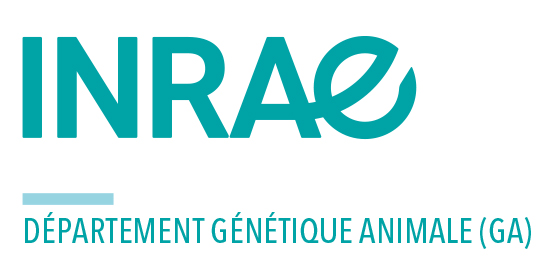New residual feed intake criterion for longitudinal data
Résumé
Abstract Background Residual feed intake (RFI) is one measure of feed efficiency, which is usually obtained by multiple regression of feed intake (FI) on measures of production, body weight gain and tissue composition. If phenotypic regression is used, the resulting RFI is generally not genetically independent of production traits, whereas if RFI is computed using genetic regression coefficients, RFI and production traits are independent at the genetic level. The corresponding regression coefficients can be easily derived from the result of a multiple trait model that includes FI and production traits. However, this approach is difficult to apply in the case of multiple repeated measurements of FI and production traits. To overcome this difficulty, we used a structured antedependence approach to account for the longitudinality of the data with a phenotypic regression model or with different genetic and environmental regression coefficients [multi- structured antedependence model (SAD) regression model]. Results After demonstrating the properties of RFI obtained by the multi-SAD regression model, we applied the two models to FI and production traits that were recorded for 2435 French Large White pigs over a 10-week period. Heritability estimates were moderate with both models. With the multi-SAD regression model, heritability estimates were quite stable over time, ranging from 0.14 ± 0.04 to 0.16 ± 0.05, while heritability estimates showed a U-shaped profile with the phenotypic regression model (ranging from 0.19 ± 0.06 to 0.28 ± 0.06). Estimates of genetic correlations between RFI at different time points followed the same pattern for the two models but higher estimates were obtained with the phenotypic regression model. Estimates of breeding values that can be used for selection were obtained by eigen-decomposition of the genetic covariance matrix. Correlations between these estimated breeding values obtained with the two models ranged from 0.66 to 0.83. Conclusions The multi-SAD model is preferred for the genetic analysis of longitudinal RFI because, compared to the phenotypic regression model, it provides RFI that are genetically independent of production traits at all time points. Furthermore, it can be applied even when production records are missing at certain time points.
Domaines
Génétique animale
Origine : Fichiers éditeurs autorisés sur une archive ouverte


